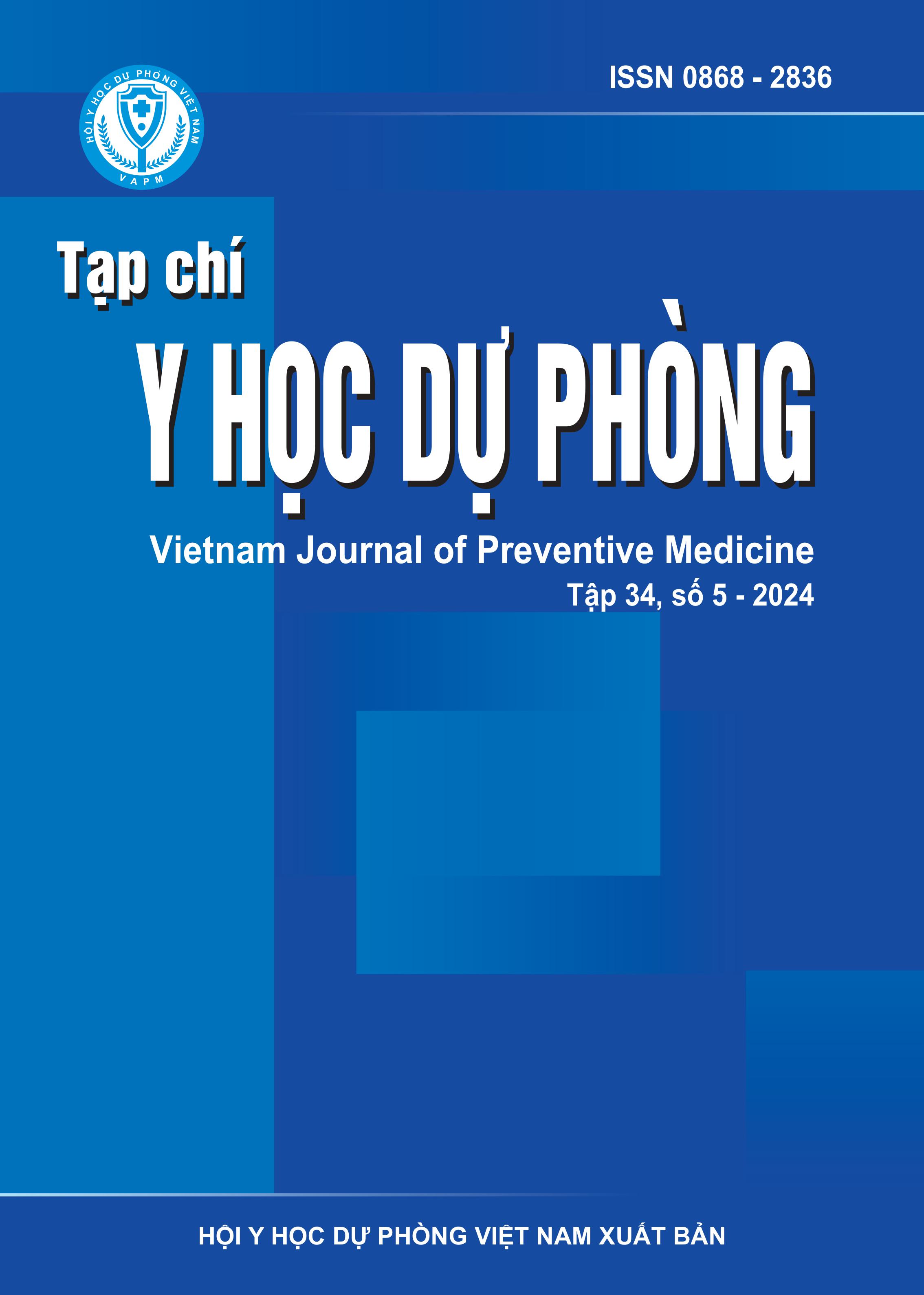School-based vaccination history review: Assessment of vaccination status and management of targets for first-grade students in the 2023 - 2024 academic year in Dak Nong province
DOI:
https://doi.org/10.51403/0868-2836/2024/1838Keywords:
Immunization, vaccination history, subject management, school - based vaccinationAbstract
A cross-sectional study assessed the vaccination status of first-grade students in Dak Glong District (371 students) and Gia Nghia City (366 students) in Dak Nong province. 7.7% of students were utterly unvaccinated (zero-dose), while only 44.7% had received all necessary vaccine doses before entering school. Survival analysis revealed that the vaccination process extended to over 48 months after birth. In Gia Nghĩa, vaccines needed before the age of one generally achieved a rate of > 95%, and vaccines after the age of one achieved > 85%. In Dak Glong, the rate was < 80% for both groups of vaccines, with even lower rates (< 70%) for critical vaccines (DPT-VGB-Hib). The Hmong ethnic group faced challenges in access and management, resulting in a low rate of full vaccination (30%) and a high rate of zero-dose (25%). The gap in vaccination at the time of entering first grade highlights the importance of screening vaccination history and providing catch-up vaccinations upon school enrollment. In addition to annual vaccination campaigns and catch-up events, maintaining high vaccination rates requires special attention to difficult and geographically isolated areas. It is essential to improve the use of immunization information systems to manage and reflect the current situation accurately. Investigating the causes and factors influencing vaccination within the Hmong community is critical to help increase vaccination rates in this population.
Downloads
Downloads
Published
How to Cite
Issue
Section
License
Publication License No 150/GP-BTTTT signed on May 8, 2014;
Electronic Publication License No 322/GP-BTTTT signed on June 15, 2016.


